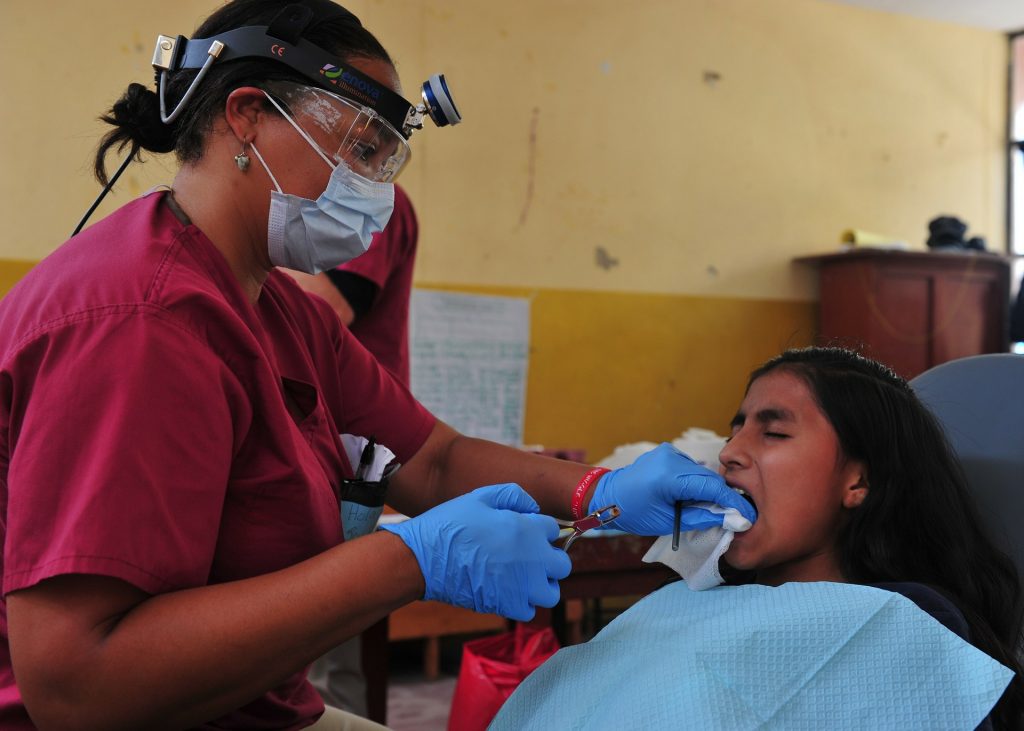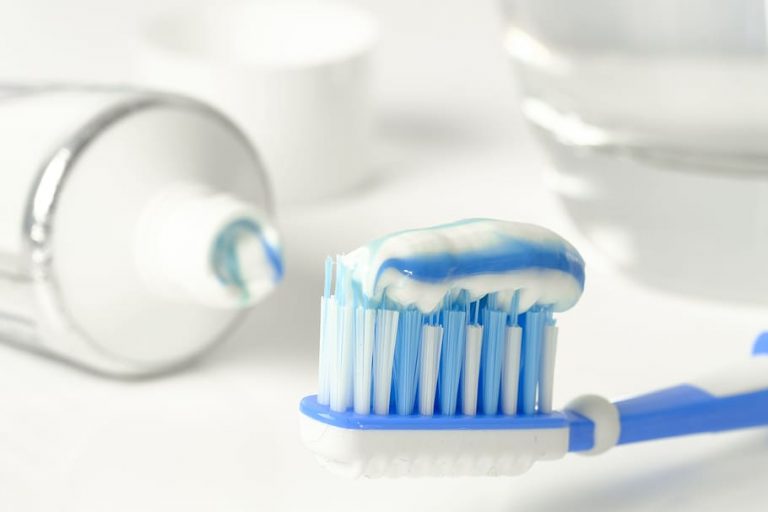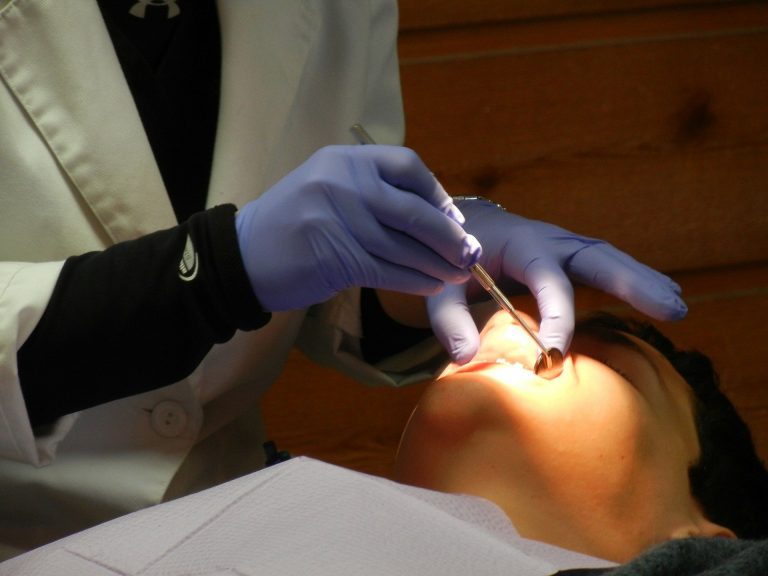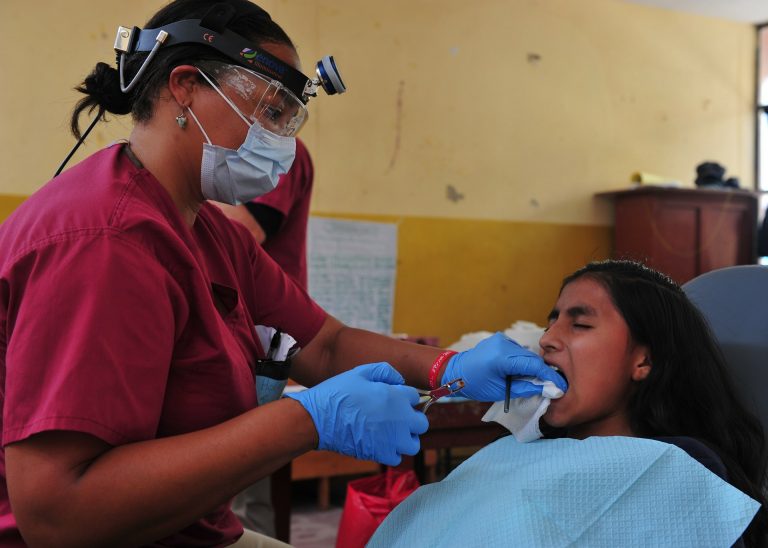A 58-year-old man came in for a normal examination at a dental Melbourne practice. A non-healing ulceration of the lower lip was discovered during the examination.
History
When asked about the ulcer, the patient indicated it had been there for at least six months. The patient reported no pain or discomfort. When asked by dental Melbourne if he gets too much sun, the patient said he spends a lot of time outside and doesn’t wear sunscreen. The patient denied having ever smoked or used alcohol. There was no evidence of previous trauma to the region.
The patient had had frequent and routine dental care in the past. The patient was not on any drugs at the time of the dentist appointment. During the health history, no noteworthy issues were discovered.
Examinations
There were no abnormal findings on physical examination of the head and neck area. All of the patient’s vital indicators were within normal ranges. There were no palpable lymph nodes found. There were no additional aberrant extra-oral findings. An inflammatory lesion of the vermilion of the lower lip, measuring one centimeter in diameter, was discovered during an oral examination (see photo). The lesion’s perimeter felt indurated when palpated.
Clinical evaluation
Squamous cell carcinoma
Diagnosis and Discussion
Squamous cell carcinoma (SCC) develops from squamous epithelial cells, which are the flat, scaly cells that cover the oral mucosa’s surface. When these squamous cells turn malignant, the cancer is called a carcinoma, which is characterized as an epithelial malignancy. SCC can be detected on the lips as well as within the mouth. Squamous cell carcinoma accounts for 90-95 percent of all oral malignancies. Because SCC acts differently depending on where it is located, a discussion of SCC of the lip and intraoral SCC is necessary.
Prolonged sun exposure is the leading cause of SCC of the lips. Furthermore, specific types of tobacco usage contribute to SCC of the lip; pipe and cigar smoking are frequently connected to SCC of the lip.
Characteristics of the Clinic
Although SCC of the lip can affect anybody at any age, it is most common in individuals between the ages of 50 and 70; males are twice as likely as women to be afflicted. SCC affects the lower lip considerably more commonly than the upper lip.
Lip SCC may take on a multitude of clinical forms. The most common symptom is a non-healing ulcer with a crust. There may be raised and indurated borders. The size of the lesion varies; a bigger lesion may resemble a crater. Lip SCC is usually painless and has a sluggish metastasis (spread) rate to the nearby lymph nodes or other organs.
Staging
The process of identifying if and how far a malignancy has spread is known as staging. The stage of cancer influences both therapy and prognosis. The physical exam, endoscopy, and imaging examinations are used to determine the stage of the patient (CT scan, MRI, chest X-ray, or nuclear medicine scans).
The TNM Technique is the most widely used system for determining the stage of oral SCC. T stands for the size of the initial tumor, N for the amount of metastasis to regional lymph nodes, and M for whether the cancer has metastasized (spread) to other organs.
Treatment
Treatment can begin once a diagnosis and stage have been established. Surgical excision and radiation treatment are two methods for treating SCC of the lip. Smaller tumors can be physically removed or irradiated, but bigger lesions may require surgery and radiation in combination.
Some lip lesions may be removed by Moh’s micrographic surgery. The tumor is removed in fine slices using this procedure. After that, each slice is inspected under a microscope to check for cancer cells. Until the cancer is entirely eliminated, the surgeon continues to remove slices. This approach reduces the quantity of normal tissue removed in addition to the tumor.
Follow-up
After therapy, a patient with SCC of the lip should have regular physical and oral exams since recurrence lesions arise in 80-90 percent of cases during the first two years after treatment. During the first year, patients are typically evaluated every other month, four times in the second year, and once a year after that.












